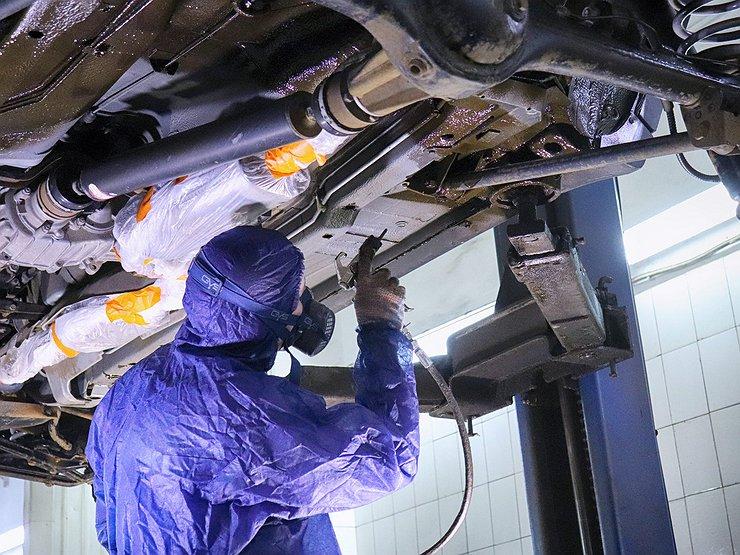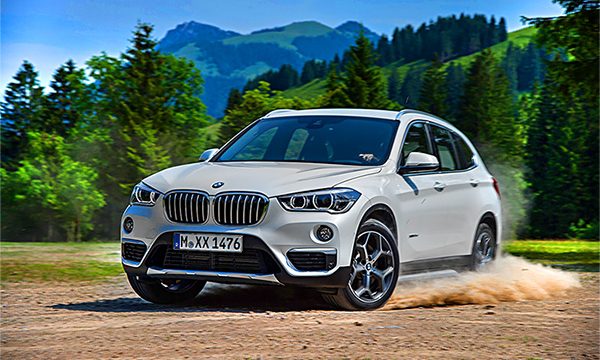
Test drive BMW X1
The new BMW X1 is the first "front-wheel drive" crossover with xDrive transmission. And do not contemptuously wrinkle your nose and argue that BMWs are no longer the same. The SUV rides no worse than before, let alone how it looks…
Do not wrinkle your nose contemptuously and argue that BMWs are no longer the same. Here, for example, are the sedans of the third series of all generations, starting with the E21, which are standing at a hotel in Austria. Short route on each and obvious verdict: outdated. They go very decently, but on a mountain road any modern Mini will beat the old three-ruble note in no time. A family car needs to be molded according to other patterns. The new BMW X1 is the first "front-wheel drive" crossover with xDrive transmission. This, of course, is about the architecture of the chassis - a new platform with a transverse engine and drive with an emphasis on the front wheels. And the quotes could be removed - the Bavarians have already announced the front-wheel drive X1 sDrive, which in Europe will be considered basic. With a three-cylinder engine and a manual transmission.
The UKL platform, which formed the basis of the new X1, was presented by the Bavarians a year ago, when the BMW Active Tourer single-box debuted. The entire third-generation Mini family is built on the same chassis with McPherson struts at the front and an independent multi-link at the rear. Engines with twin-scroll turbines are arranged laterally. And the xDrive transmission is similar to the All4 system of the Mini Countryman crossover - an electronically controlled multi-plate clutch in the rear wheel drive. If in older crossovers the xDrive transmission has more rear-wheel drive settings, then in the case of the X1 it's the opposite: the initial torque distribution is 60:40 in favor of the front axle. In theory, a multi-plate clutch can play with traction as desired, but the Bavarians themselves claim that a purely front-wheel-drive crossover can only be with a complete lack of grip on the rear wheels. Or with sDrive badge at the stern.
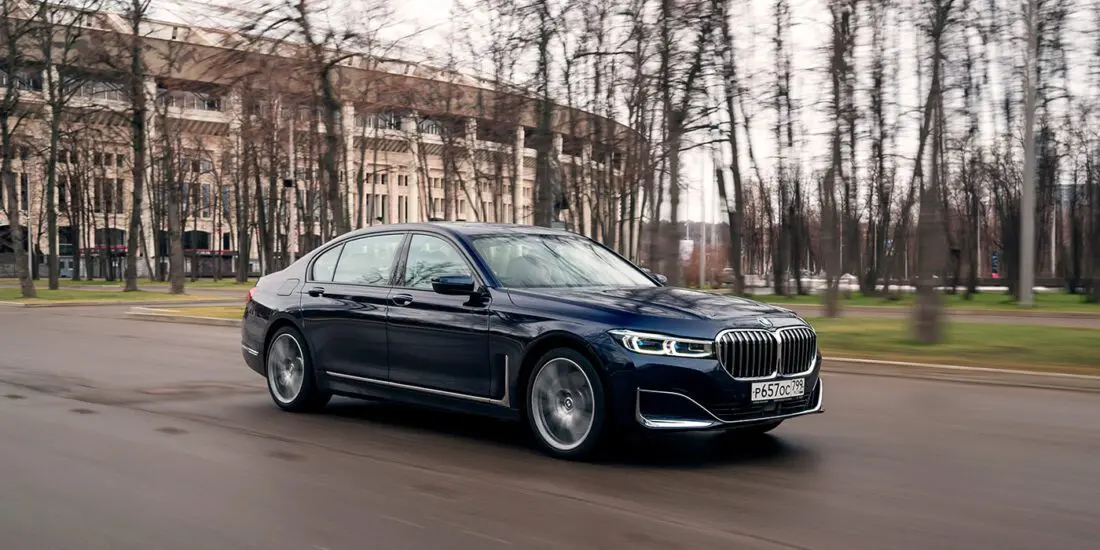
And what does BMW have to do with it? The Bavarians, like their competitors from Mercedes (the same Active Tourer is a direct analogue of the B-class), are trying to cover an increasing market share, entering all possible segments and sub-segments. But their classic ideas about the design of a car do not work everywhere. The X1 of the first generation, which opened the segment of compact luxury crossovers, sold well (730 thousand cars were sold in six years), but still did not reach the audience by 100%. Young customers, whom the X1 had to firmly accustom to the brand, were expecting not only exquisite drive, but also more versatility. And even against the background of the older X3 and X5, the first X1 did not look like a real BMW crossover. A long hood, stern pressed to the ground, too large headlights - all these compromise imbalances caused rejection for many.
The new X1 looks harmonious and solid. Outwardly - the flesh of the BMW. The grille and headlamps with beveled LED daytime running lights are typical and recognizable. As well as the forms of the bumper, in which the symbol "X" is encrypted. The short bonnet is just the merit of the new architecture with a transverse engine, which is compactly stacked in front of the engine shield of the body. And the boot lid is crowned with a U-shaped spoiler called aeroblade, a completely invisible detail that elegantly and precisely completes the sturdy appearance of the crossover.
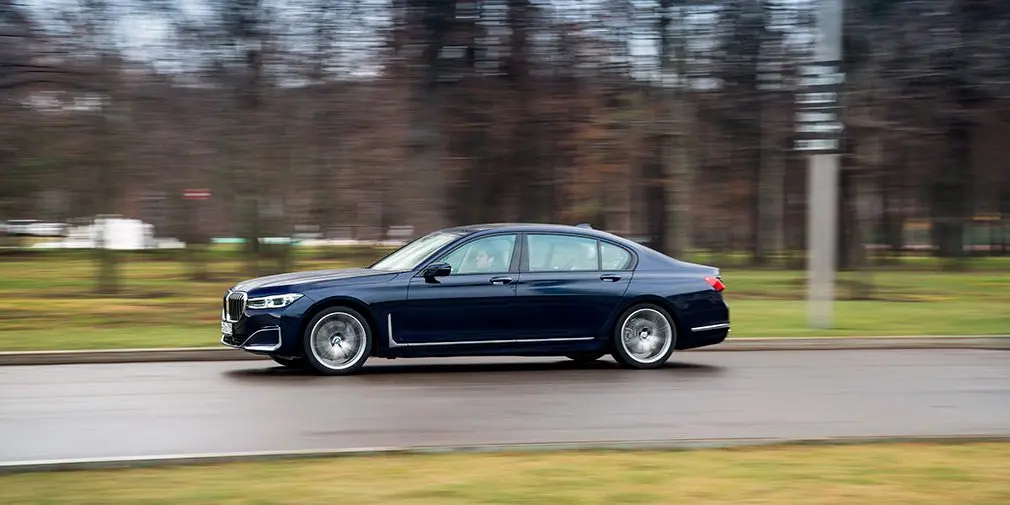
With an eye on the notorious versatility, the new body was immediately designed to be more spacious. The novelty is slightly shorter than its predecessor, noticeably wider and higher. The layout of the cabin is fundamentally different: the ceiling now does not put pressure on the head, even taking into account the fact that the landing has become noticeably higher than before - nothing to do with the "fifth point on the floor" pose, characteristic of the first X1 and the current "three-ruble note". Moreover, the new generation crossover is more spacious in all other dimensions, and the passenger behind the 180 cm driver sits without touching the seat with either knees or feet. At the same time, the trunk holds a good 505 liters under the curtain, and if the car is equipped with a sliding second row, the volume of the compartment can be increased by another 85 liters. Finally, in the list of additional equipment there is also a folding back of the front passenger seat - the last argument for those who previously could not stuff boxes with a cabinet from IKEA into the X1.
The updated BMW 340i is, first of all, an engine. The upgraded 3,0-liter turbo engine produces a good 326 hp. and 450 Nm of thrust, available from 1380 rpm. To the accompaniment of a tuned exhaust, the sedan fires at any speed, quickly winding up the speedometer numbers. The first hundred BMW 340i exchanges in less than 5 seconds, and the magical 250 km / h on the German Autobahn is very easy to recruit. But everything happens extremely softly: the sedan does not press the passengers with seats, the steering wheel does not break from the hands, and the suspension does not beat the tailbone on irregularities. The sedan rides docilely in calm city modes, hiding a cheeky essence behind neat LED headlights.
The BMW 340i replaced the 335i and deservedly received the title of the top version (if, of course, not counting the BMW M3). The 328i nameplate changed to 330i during the modernization, and the two-liter turbo engine now develops 252 horsepower. The base BMW 316i was replaced by the 318i version of the same power, but 136 hp. now removed from the 1,5-liter three-cylinder engine. Finally, a hybrid version with a total capacity of 250 hp will appear in the range. with an autonomous course of 35 kilometers. The rest of the versions have not changed, although they have become symbolically faster and more economical.
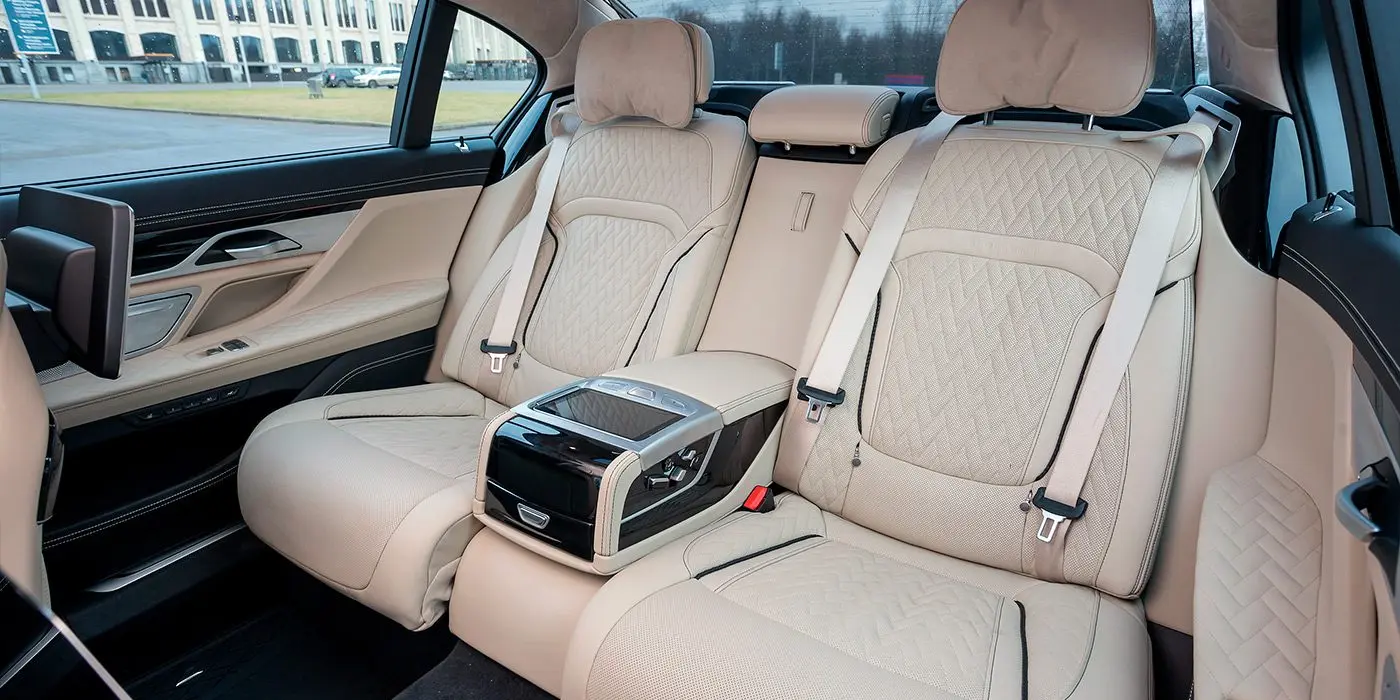
The interior is almost completely borrowed from the Active Tourer with the only difference that the X1's climate control unit is pulled up to the radio, and the box with sliding curtains has moved to the gear lever. The keys on the tunnel are arranged differently, and the tunnel itself is fenced off from the passenger with a high side. The side is finished with stitched leather, the textured pseudo wood on the panel looks natural, and in the dark the interior is illuminated with neat contour lines. The interior looks expensive and certainly more fun than in the already middle-aged "three-ruble note" - exactly so as to transfer the car from the category of a driving instrument to the category of a car rich in emotionally and visually.
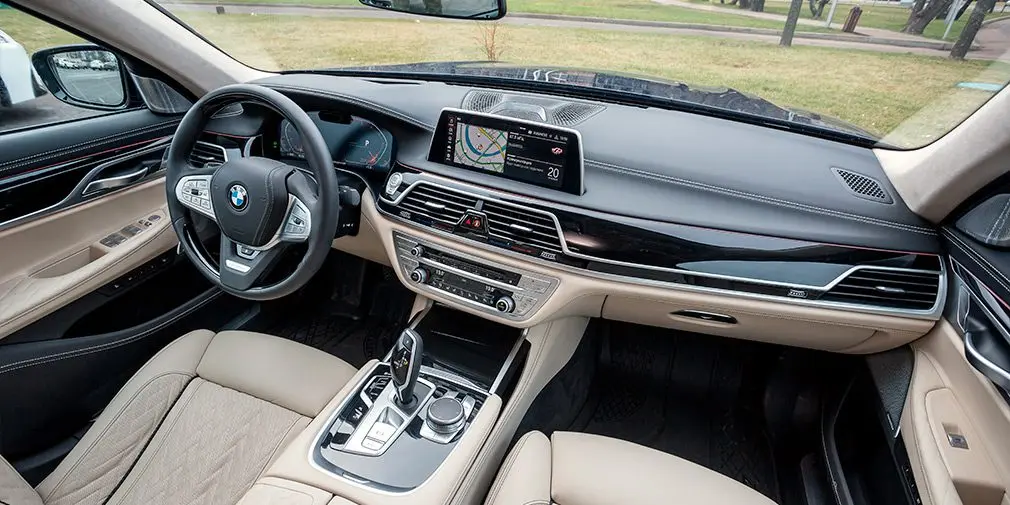
But external differences are a minimum. The main innovation is the headlights, which can be LED. LEDs are used in both headlights and direction indicators. The cosmetics in the cabin affected only the climate control unit and the box on the console, which is now closed with a sliding lid. Traditionally, the set of options has become wider. The modernized "treshka" learned to follow the markings, independently brake and monitor driving cars when reversing out of the parking lot.
The interior is almost completely borrowed from the Active Tourer with the only difference that the X1's climate control unit is pulled up to the radio, and the box with sliding curtains has moved to the gear lever. The keys on the tunnel are arranged differently, and the tunnel itself is fenced off from the passenger with a high side. The side is finished with stitched leather, the textured pseudo wood on the panel looks natural, and in the dark the interior is illuminated with neat contour lines. The interior looks expensive and certainly more fun than in the already middle-aged "three-ruble note" - exactly so as to transfer the car from the category of a driving instrument to the category of a car rich in emotionally and visually.
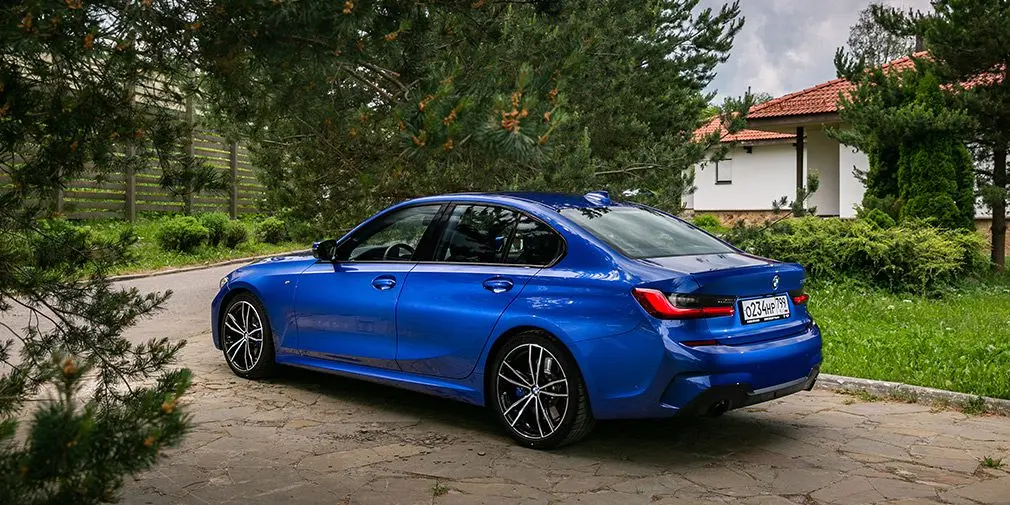
Realizing that neither the base three-cylinder engine of the xDrive18i version, nor the initial diesel xDrive16d will be able to boldly emphasize this visual richness, the organizers did not bring such cars to the test. The X1 xDrive20i is not ready yet, which will certainly be in high demand with us. The journalists were given the X1 xDrive25i and X1 xDrive25d - models that will serve as top versions for now.
The two-liter diesel is not quiet, but in the cabin it is not audible even with good acceleration. Vibrations are minimal, and acceleration is smooth and quite "petrol", at least with an eight-speed "automatic". The box shuffles gears so gently and precisely, constantly keeping the diesel in good shape, that you can't even guess about the type of engine - acceleration seems so consistent and adequate. But in extreme modes, you expect something more from the power unit, expecting subconsciously some kind of second wind or a belated reaction of the turbine. But no: everything is smooth, calm and, of course, pretty fast.
The petrol X1 xDrive25i with a two-liter turbo engine of the same power at first seems a little more evil, although the convenience of control of traction and speed of response to the accelerator is inferior to the diesel engine. But it also sounds more thorough, for nothing that it is a four-cylinder. The dynamics are also in full order, and driving along the winding paths of rural Germany on such an X1 is easy and pleasant. There are no complaints about the "alien" chassis. A relatively compact crossover, as befits a real BMW, it writes corners perfectly, honestly informing the driver with a synthesized, but quite natural effort on the steering wheel. And if you exceed the speed at the entrance to the corner, the front axle slides predictably. It makes no sense to turn up the traction, as on cars with rear-wheel drive architecture. It's easier to rely on a stabilization system that works neatly and accurately.
On ideal German highways, the dense suspension is very comfortable. There is no swinging at all, the rolls are minimal. The test cars were equipped with an adaptive chassis that can change the stiffness of the shock absorbers, but there are no major changes in the character of the car. Much more noticeable changes are made to the keys on the console in the engine management system and the gearbox - the unhurried Eco Pro changes to the harsh Sport in just two movements.
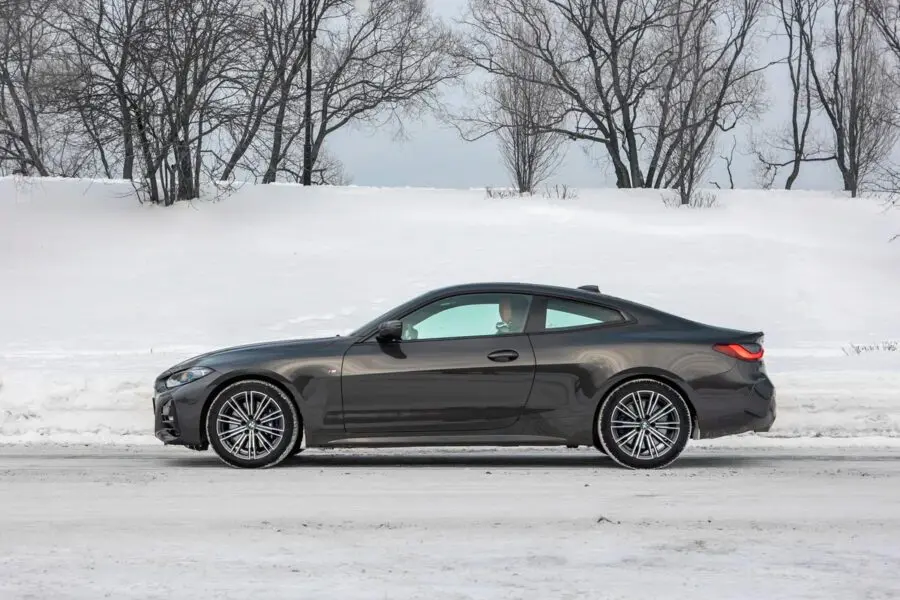
But this is in Germany. It is possible that on Russian roads, the adaptive chassis will seem harsh even in comfortable mode. For bad roads, the Bavarians themselves recommend the basic suspension, which should be a little more comfortable. Moreover, the mode selection key will not go anywhere and will continue to regulate the responsiveness of the power unit and the effort on the steering wheel. Either for a walk, or for a walk - an uncompromising M-package with a ground clearance reduced by 10 mm, which relies on a more aggressive external body kit.
On a conditional off-road, the M-body kit only interferes: the aggressive protrusions of the front bumper strive to catch on to something. Cars in XLine and SportLine versions look more utilitarian, but the bottom, bumper corners and sills are protected by unpainted plastic, and the entry and exit angles are larger. With a ground clearance of 184 mm, the X1 is quite combat-ready on light off-road, and xDrive with a stabilization system can cope even with simple diagonal hanging. But it's still not worth climbing deep into the forest - the suspension travels are too small.
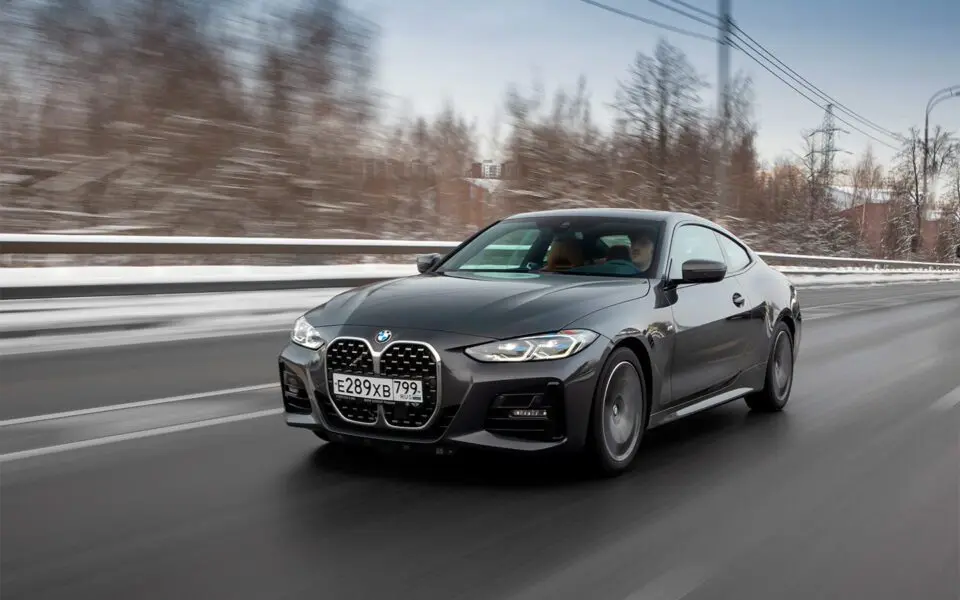
We will find out in what form the younger X1 will come to Russia in August, when the representative office will announce the complete set and prices. A neat price tag around $ 26 may well attract such a coveted young audience to the model - people who did not have time to get hooked on the iron charm of charged rear-wheel drive structures and are ready to accept the brand as universal, practical and conditionally front-wheel drive. In this format, the crossover may well become the very first BMW for them.
